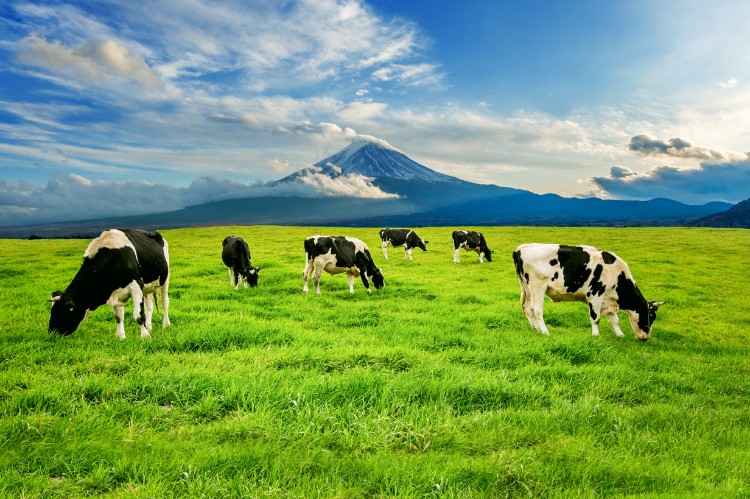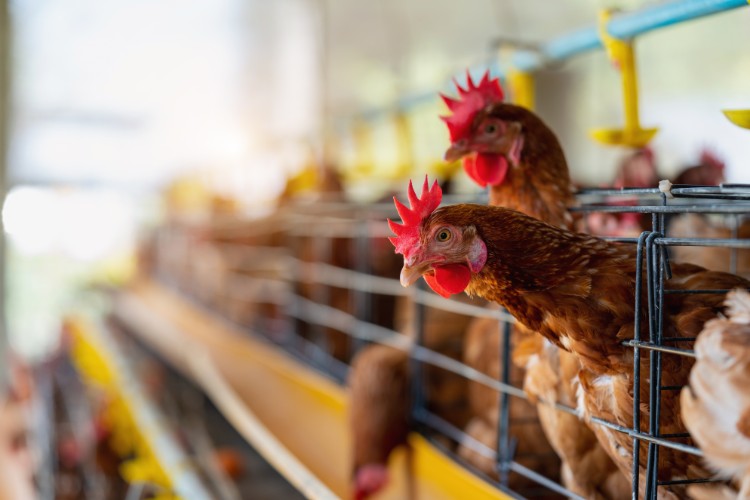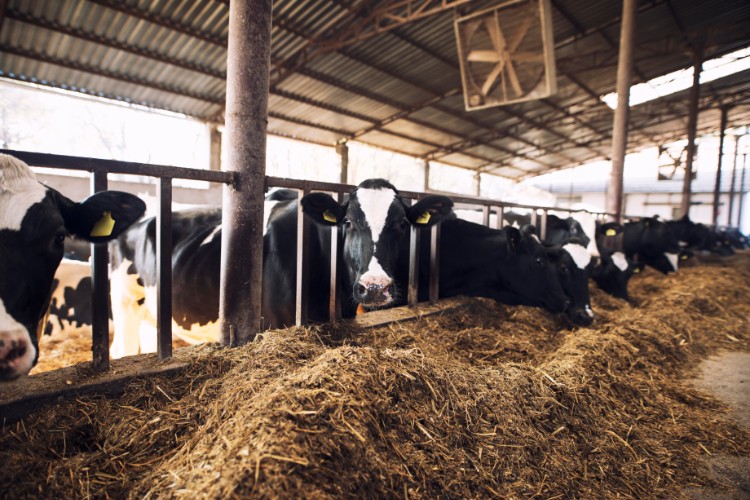Best Farm Disinfectant: A Safe Solution That Works
Why We Needed a Better Disinfectant
Farming isn't just hard work. It's a fight against invisible threats—viruses and fungi lurking in the soil, stalls, and on tools. We’ve seen it firsthand. One outbreak can cost thousands. So we asked ourselves, what’s the best farm disinfectant?
We tried the old-school way—chlorine bleach. It was harsh, smelly, and left our eyes burning. Not to mention, it couldn’t cut through organic matter. Worse? It corroded our tools and hurt the animals.
That’s when we turned to science. And we found gold—hypochlorous acid (HOCl).

What Makes a Disinfectant "The Best"?
To earn the title best farm disinfectant, a product needs to:
· Kill a broad spectrum of germs
· Work fast
· Be safe around animals and people
· Stay strong even with organic matter around
· Leave no toxic residues
· Not damage equipment
Most chemicals fail one or more of these tests. But HOCl? It checked every box—and then some.
What Is Hypochlorous Acid?
Let’s break it down.
Hypochlorous acid (HOCl) sounds like lab talk. But it’s not some new-age potion. It’s actually what our white blood cells produce to fight infections. That’s right—our own bodies use it.
It’s a natural oxidant. And it’s powerful.
We’re not saying it smells like roses. But compared to chlorine bleach, HOCl is a gentle giant.
Bleach vs HOCl: A Real-World Showdown
Here’s what happened on our farm:
We cleaned one poultry house with chlorine bleach. The other with hypochlorous acid from our on-site generator.
Results?
· Odor: HOCl left a fresh scent. Bleach was overwhelming.
· Surface safety: HOCl didn’t corrode metal. Bleach rusted hinges within days.
· Germ kill: HOCl handled viruses and fungi like a champ—even in the presence of manure and straw.
· Worker health: No more headaches or itchy skin from fumes.
We didn’t look back.

Why HOCl Works So Well
1. It Kills More
HOCl is a broad spectrum killer. That means it wipes out:
· Bacteria
· Viruses
· Fungi
2. Organic Matter Doesn’t Stop It
Traditional disinfectants get blocked by soil and muck. HOCl doesn’t flinch. It slices through organic matter with ease.
3. It’s Safe—Even to Inhale
You can spray HOCl in barns while animals are inside. Try that with bleach. You’ll be calling the vet.
4. It’s Non-Toxic and Biodegradable
No rinse needed. No residue left behind. No harmful byproducts.
HOCl: Made Fresh with a Generator
Now here’s the cool part. We don’t ship HOCl across the country. We make it on-site, right where it’s needed, using our Hypochlorous Acid Generator.
That means:
· No supply delays
· No degradation during transport
· No chemical storage hassles
We simply combine salt, water, and a bit of electricity. Out comes the strongest, safest disinfectant we’ve ever used.
And we’re not alone—dairy, poultry, swine, and even organic farms are switching.

Where We Use HOCl on the Farm
· Livestock housing floors and walls
· Milking equipment
· Boot baths
· Water lines
· Hatcheries
· Tools and crates
· Vehicle sanitation
· Storage areas
We even fog entire barns after a flock rotation. HOCl reaches the corners bleach forgets.
Common Disinfectants vs HOCl: A Quick Chart
Disinfectant | Kills Germs | Safe Around Animals | Organic Matter Resistance | Corrosion Risk | Odor Level |
Chlorine bleach | High | Low | Poor | High | Strong |
Quats | Medium | Medium | Medium | Medium | Medium |
Phenols | Medium | Low | Medium | Medium | Strong |
HOCl | Very High | Very High | High | Low | Low |
We heard from a goat farmer in Oregon. He had recurring hoof rot outbreaks. After switching to HOCl footbaths? The infections dropped by 90% in two weeks.
A poultry producer in Thailand? Switched from quats to HOCl and saw mortality rates dip and feed conversion improve.
One story after another. All say the same thing—this stuff works.
What About Cost?
You’d think something this good would break the bank. But the cost per liter from our Hypochlorous Acid Generator is less than a bottle of water.
No special shipping. No hazmat suits. Just salt water and power.
We save money every month.
Funny But True
One of our workers joked, “I’d spray this stuff on my salad.” We don’t recommend that. But we get the point—it’s that safe.
And here’s another twist—when we clean feed bins with HOCl, even the cats stop by for a sniff. Try that after using bleach.
The Future Is Clear (And So Are Our Stalls)
We no longer argue about which is the best farm disinfectant. We’ve seen the difference. We’ve felt the safety. We’ve watched sick pens stay empty longer.
Our animals are calmer. Our staff is healthier. Our gear lasts longer.
We made the switch to hypochlorous acid (HOCl)—and we’ll never go back.
What You Need to Know Before Buying
When choosing a disinfectant or HOCl system, check:
· Is it made fresh on-site?
· Does it meet EPA or international standards?
· Is the generator from a trusted manufacturer?
· How much does it cost per liter?
· Can you use it across all farm zones?
Choose wisely. Your animals deserve the best.
Final Takeaways
We found our game-changer. If you’re tired of bleach burns, rusted gear, and ineffective cleanups, it might be your turn.
The best farm disinfectant isn’t just about power. It’s about safety, speed, and simplicity. That’s why we believe in hypochlorous acid HOCl, made on-demand with our Hypochlorous Acid Generator.
Your farm can feel clean. Smell fresh. Stay disease-free. And you won’t miss the bleach one bit.
References
1. EPA Registered Antimicrobial Products
2. Hypochlorous Acid Overview – NIH
Let us help you clean smarter. Because healthy animals mean a healthy farm.
